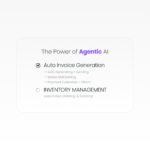
How AI-Powered Call Analysis Can Transform Your Revenue Strategy
The Transformative Value Proposition
In today’s competitive business landscape, sales teams are constantly seeking ways to optimize their performance and close more deals. What if I told you that every sales call your team makes contains a goldmine of untapped insights that could dramatically improve your conversion rates? The future of sales optimization lies in intelligent automation that transforms raw conversation data into actionable business intelligence.
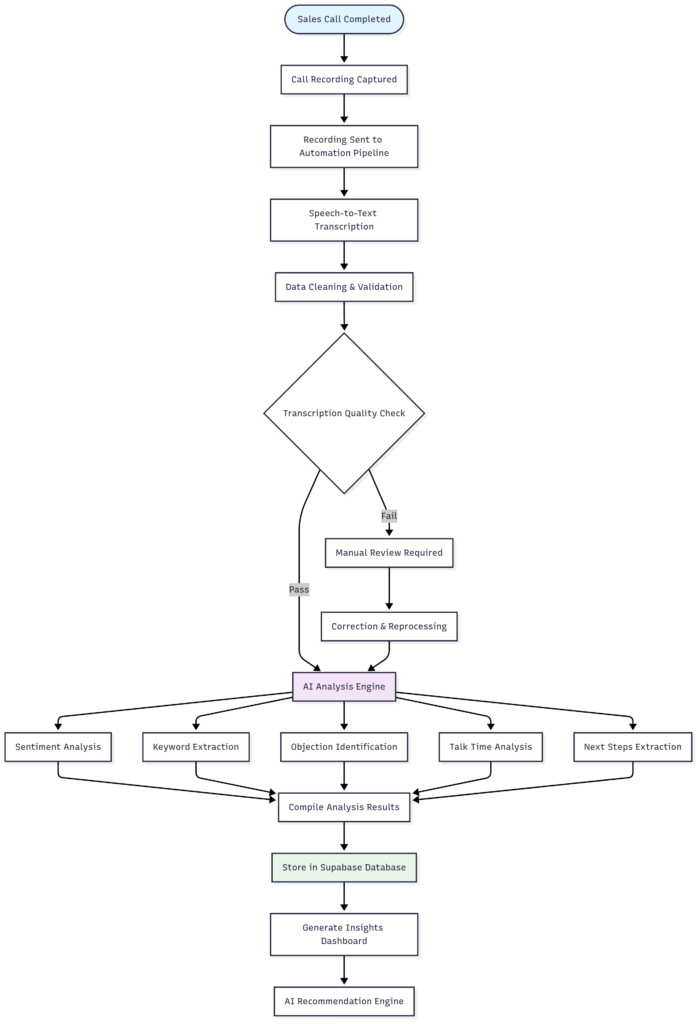
Let’s Automate Your Sales Team
Transform your sales process with intelligent automation and data-driven insights that drive real results.
Book a Free ConsultationThe Problem with Traditional Sales Management
Most sales teams operate in a feedback vacuum. After completing calls, salespeople move on to their next prospect without truly understanding what worked, what didn’t, and how they could improve. Managers rely on subjective reports and occasional call monitoring, missing crucial patterns that could unlock significant revenue growth.
Traditional challenges include:
- Inconsistent coaching: Without systematic analysis, managers provide generic feedback rather than targeted, data-driven insights
- Missed opportunities: Valuable information from customer conversations gets lost in the rush to the next call
- Scaling bottlenecks: As teams grow, manual quality assurance becomes impossible to maintain
- Reactive improvements: Teams only discover issues after deals are lost, rather than identifying problems in real-time
The Game-Changing Solution: Automated Sales Call Analysis
Imagine a system that automatically captures, analyzes, and transforms every sales conversation into actionable insights. This isn’t science fiction—it’s entirely achievable with today’s technology stack, and the implementation is more accessible than you might think.
The Complete Automation Workflow
Step 1: Seamless Call Capture and Transcription The moment a salesperson completes a call, the recording is automatically sent to your automation pipeline. Advanced speech-to-text technology transcribes the entire conversation with remarkable accuracy, creating a searchable text record that serves as the foundation for deeper analysis.
Step 2: Data Cleaning and Validation. Raw transcripts often contain background noise, unclear speech, and formatting inconsistencies. The automation system intelligently cleans this data, correcting common transcription errors and standardizing the format for optimal AI analysis. This validation step ensures that the insights generated are based on high-quality, reliable data.
Step 3: AI-Powered Conversation Analysis. This is where the magic happens.
AI algorithms analyze the cleaned transcripts across multiple dimensions:
- Sentiment Analysis: Understanding the emotional tone throughout the conversation, identifying moments of enthusiasm, concern, or hesitation
- Keyword Extraction: Automatically identifying key topics, product mentions, competitor references, and decision-making triggers
- Objection Mapping: Cataloging common objections and how effectively they were addressed
- Talk Time Ratios: Measuring whether salespeople are listening enough or dominating conversations
- Next Steps Identification: Extracting clear action items and commitments made during the call
Step 4: Centralized Data Storage and Visualization All analysis results flow into a centralized Supabase database, creating a comprehensive repository of sales intelligence. This isn’t just data storage… it’s the foundation for powerful visualization dashboards that help managers and salespeople quickly identify trends, patterns, and opportunities.
Step 5: Intelligent Recommendations and Coaching The system doesn’t just collect data, it actively suggests improvements. Based on the analysis, AI generates personalized coaching recommendations, identifies specific training needs, and even suggests optimizations to pitch scripts and sales processes.
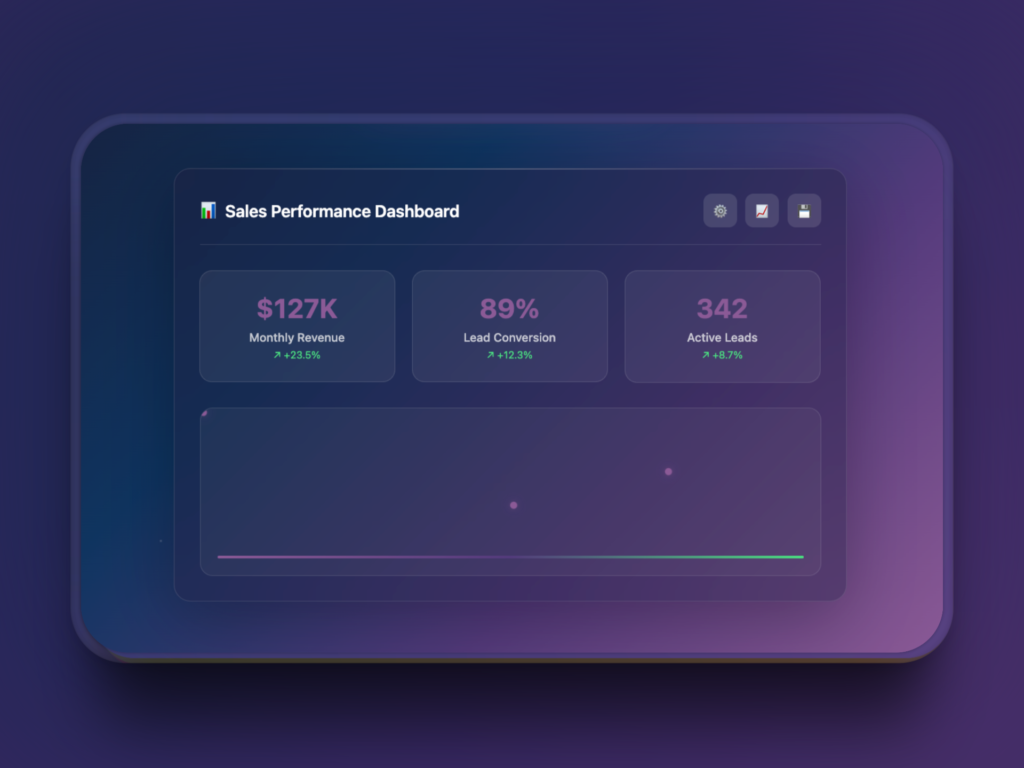
The Transformative Value Proposition
Uncovering Hidden Revenue Opportunities
Every lost deal contains lessons that could prevent future losses. This automation system helps teams identify patterns in successful conversations and replicate those strategies across the entire team. When you can see exactly what separates winning calls from losing ones, you can systematically improve your entire sales approach.
Accelerated Team Development
Instead of waiting months for salespeople to develop intuition through trial and error, they receive immediate, data-driven feedback on every interaction. New team members can rapidly absorb the collective wisdom of your top performers, dramatically reducing ramp-up time.
Proactive Problem Identification
Rather than discovering issues after deals are lost, managers can identify and address problems in real-time. If sentiment analysis reveals that prospects consistently become uncomfortable during pricing discussions, you can adjust your approach immediately rather than losing more deals.
Scalable Quality Assurance
As your team grows, maintaining consistent quality becomes exponentially more challenging. Automated analysis ensures that every call receives the same level of scrutiny, regardless of team size.
The No-Code Revolution:
Making Advanced Automation Accessible
The most exciting aspect of this solution is its accessibility. Advanced sales automation is no longer the exclusive domain of large enterprises with massive IT budgets. No-code and low-code platforms have democratized sophisticated automation, making it achievable for businesses of all sizes.
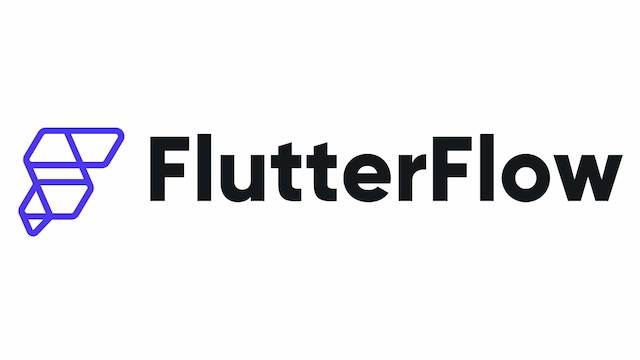
FlutterFlow: Building Powerful Interfaces Without Code
FlutterFlow enables teams to create beautiful, functional mobile and web applications without writing a single line of code. For sales automation, this means you can build custom dashboards, mobile apps for field salespeople, and administrative interfaces that perfectly match your team’s workflow—all without hiring expensive developers.
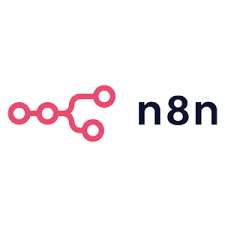
n8n: The Automation Orchestrator
n8n serves as the backbone of your automation workflow, connecting different services and managing the entire process from call completion to insight delivery. Its visual workflow builder makes it easy to modify and extend your automation as your needs evolve, without requiring programming expertise.
Dramatic Cost Reduction
Traditional custom software development for this type of system could easily cost hundreds of thousands of dollars and take months to implement. No-code solutions reduce both the cost and timeline by an order of magnitude, making advanced sales automation accessible to small and medium businesses.
Implementation Strategy: From Concept to Reality
Phase 1: Foundation Building
Start by establishing the core infrastructure, call recording integration, transcription services, and basic data storage. This foundation provides immediate value while setting the stage for more advanced features.
Phase 2: Analysis Integration
Layer on AI-powered analysis capabilities, beginning with sentiment analysis and keyword extraction. These features provide quick wins that demonstrate value to stakeholders.
Phase 3: Advanced Intelligence
Implemen pattern recognition, predictive analytics, and automated coaching recommendations. This phase transforms the system from a data collection tool into a strategic advantage.
Phase 4: Continuous Optimization
Use the insights generated by your system to continuously refine and improve the automation itself, creating a self-improving sales intelligence platform.
Measuring Success: KPIs That Matter
The effectiveness of your sales automation system should be measured through concrete business outcomes:
- Conversion Rate Improvement: Track how automated insights impact deal closure rates
- Sales Cycle Reduction: Measure whether better preparation and follow-up accelerate deals
- Team Performance Consistency: Monitor how automation reduces performance variation across team members
- Training Efficiency: Assess how quickly new salespeople reach productivity milestones
- Revenue per Salesperson: The ultimate metric, how automation impacts individual and team revenue generation
The Competitive Advantage of Early Adoption
Organizations that implement intelligent sales automation today gain a significant competitive advantage. While competitors rely on intuition and sporadic coaching, your team will operate with data-driven precision. This isn’t just about incremental improvement, it’s about fundamentally transforming how your sales organization operates.
The sales teams of tomorrow will be data-driven, continuously learning, and systematically optimized. The question isn’t whether this transformation will happen, but whether your organization will lead it or be forced to catch up.
Getting Started: Your Next Steps
The journey toward automated sales excellence begins with a single step. The technology exists, the tools are accessible, and the potential return on investment is substantial. What’s needed now is the vision to see beyond traditional sales management approaches and the commitment to embrace a data-driven future.
The most successful sales organizations of the next decade will be those that recognize the transformative power of intelligent automation and act on that recognition today. Your sales calls are already happening, the only question is whether you’re extracting maximum value from every conversation.
Ready to transform your sales team’s performance with the power of automation? The future of sales is automated, intelligent, and incredibly powerful. The only question is when you’ll make it your competitive advantage.
Let’s Automate Your Sales Team
Transform your sales process with intelligent automation and data-driven insights that drive real results.
Book a Free Consultation
